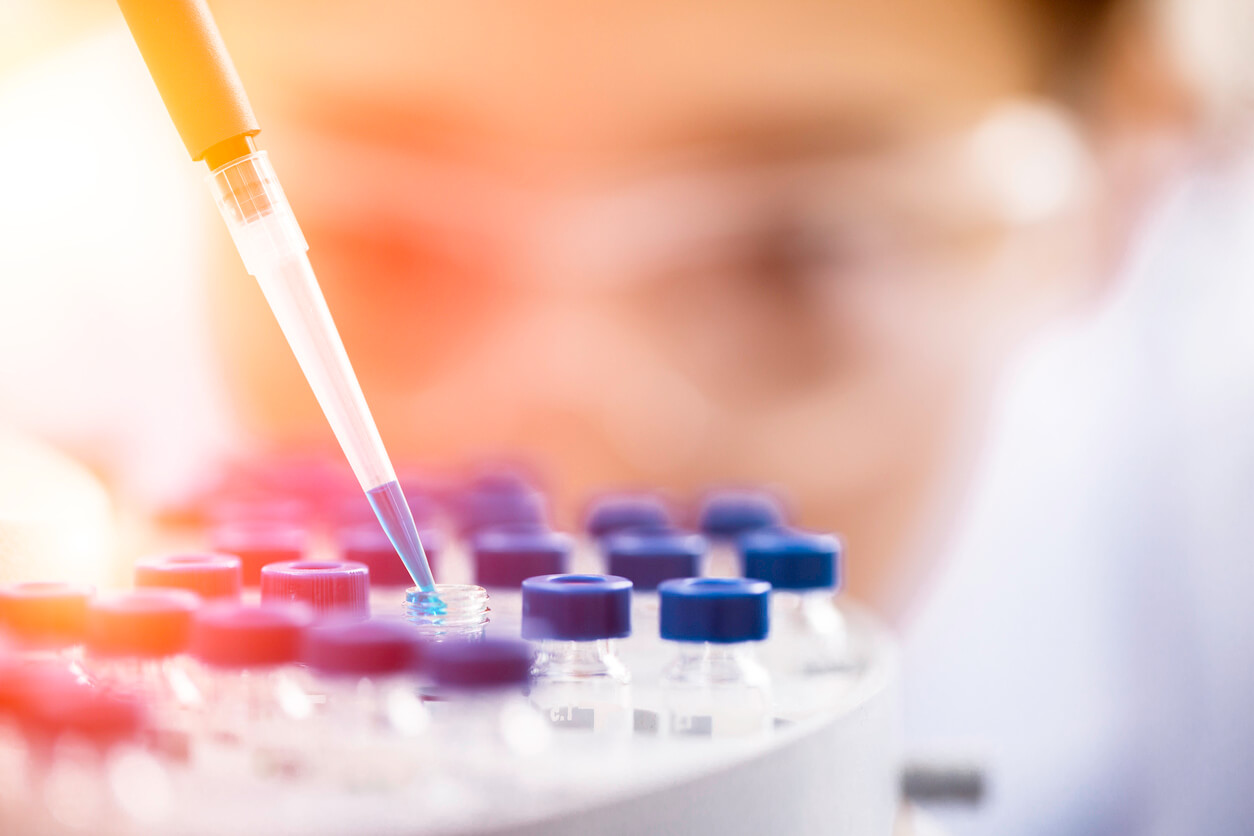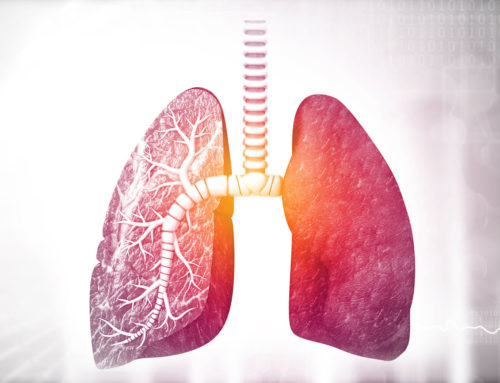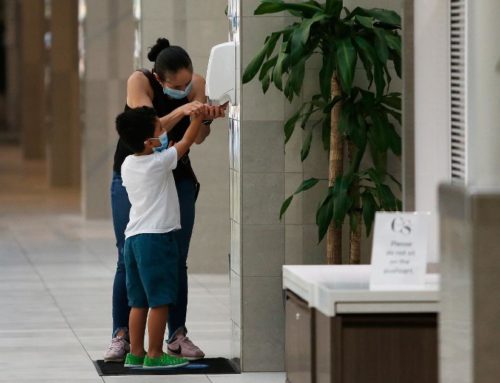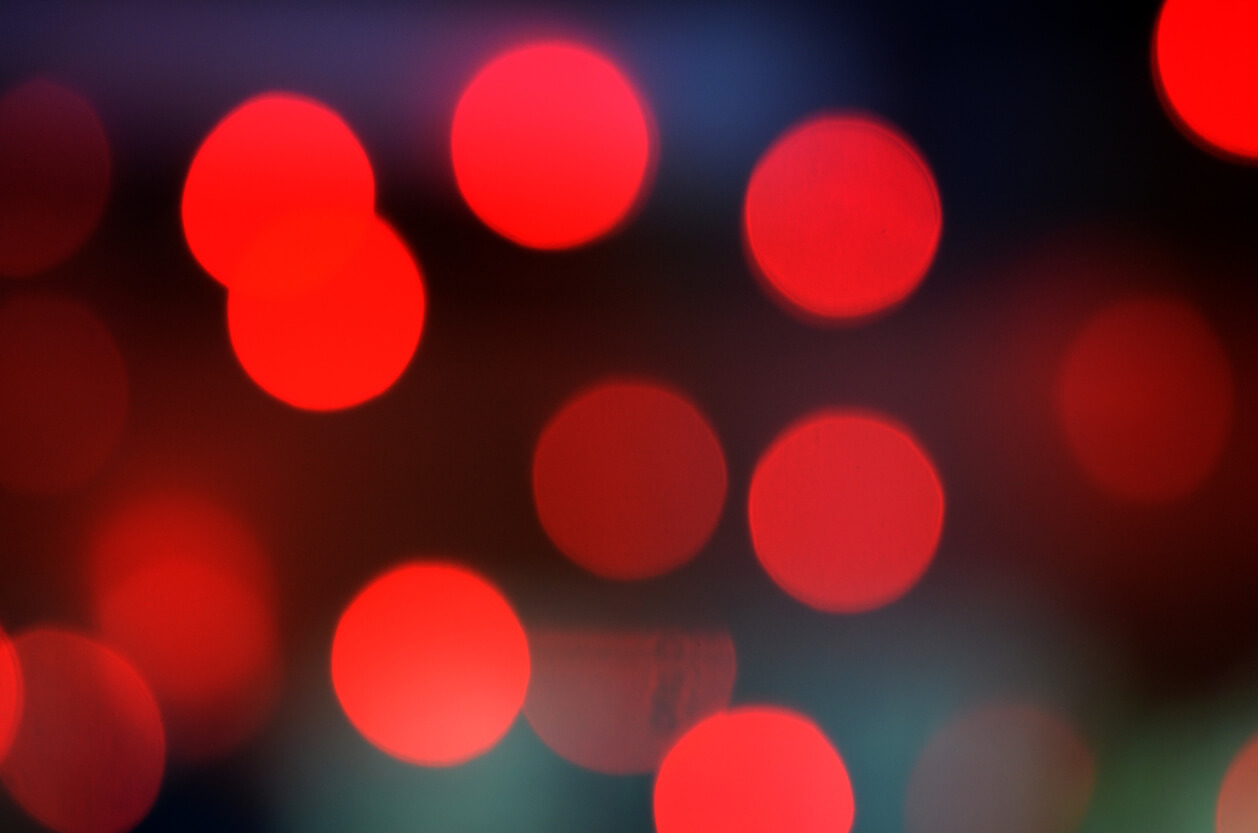
What to know about red light therapy and photobiomodulation.
How it works:
Red light therapy (RLT) is a straightforward procedure involving exposing the body to low wavelength red light. Low-level laser light therapy is another name for the process, though RLT may be more common.
This red light is natural and can penetrate deep into the skin, where the cells can absorb and use it.
As a study in the journal Seminars in Cutaneous Medicine and Surgery notes, mitochondria in the skin cells can absorb these light particles. This can help the cells produce more adenosine triphosphate, which is the energy source for all cells.
Many experts attribute the potential positive benefits of RLT to this function. With this extra energy, the cells may be able to respond better to damage and rejuvenate themselves.
Although there is early research surrounding RLT, there is still no conclusive evidence that it is a beneficial treatment. Many studies show that the treatment has promise, but more extensive clinical studies in humans will help determine the potential applications of RLT.
With that said, there are several potential benefits of RLT (photobiomodulation), which we will cover in the sections below.
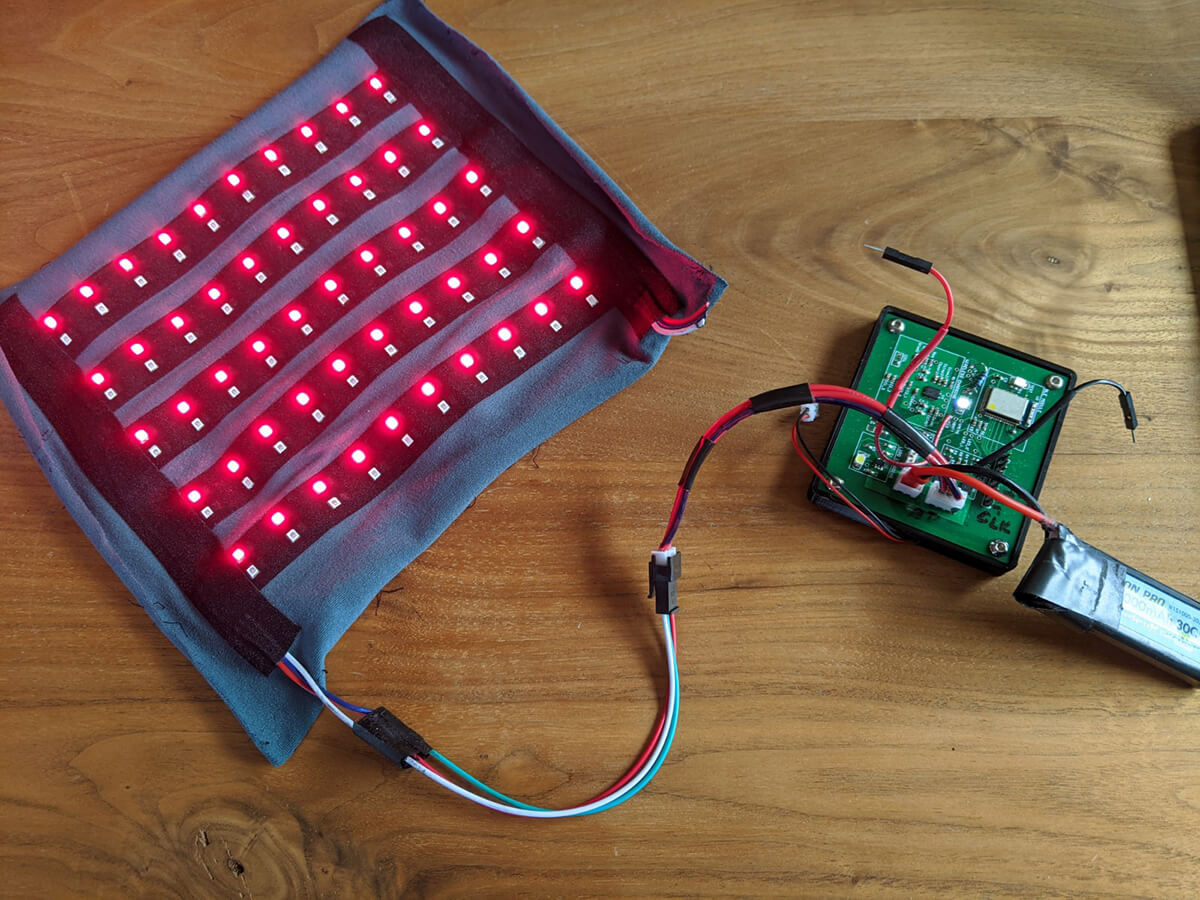
Could the antiviral effects of red light therapy, be used as an early intervention for COVID-19?
Featured Articles
Coronavirus Infections Are On The Rise In 21 U.S. States
Evidence That Blood Type Plays Role in COVID-19
Recent Posts
Related Articles

![Coronavirus Infections CAMBRIDGE, MA - JUNE 8: A woman and child use hand sanitizer at CambridgeSide in Cambridge, MA ... [+] BOSTON GLOBE VIA GETTY IMAGES](https://enlightenedventures.io/wp-content/uploads/2020/06/960x0.jpg)
